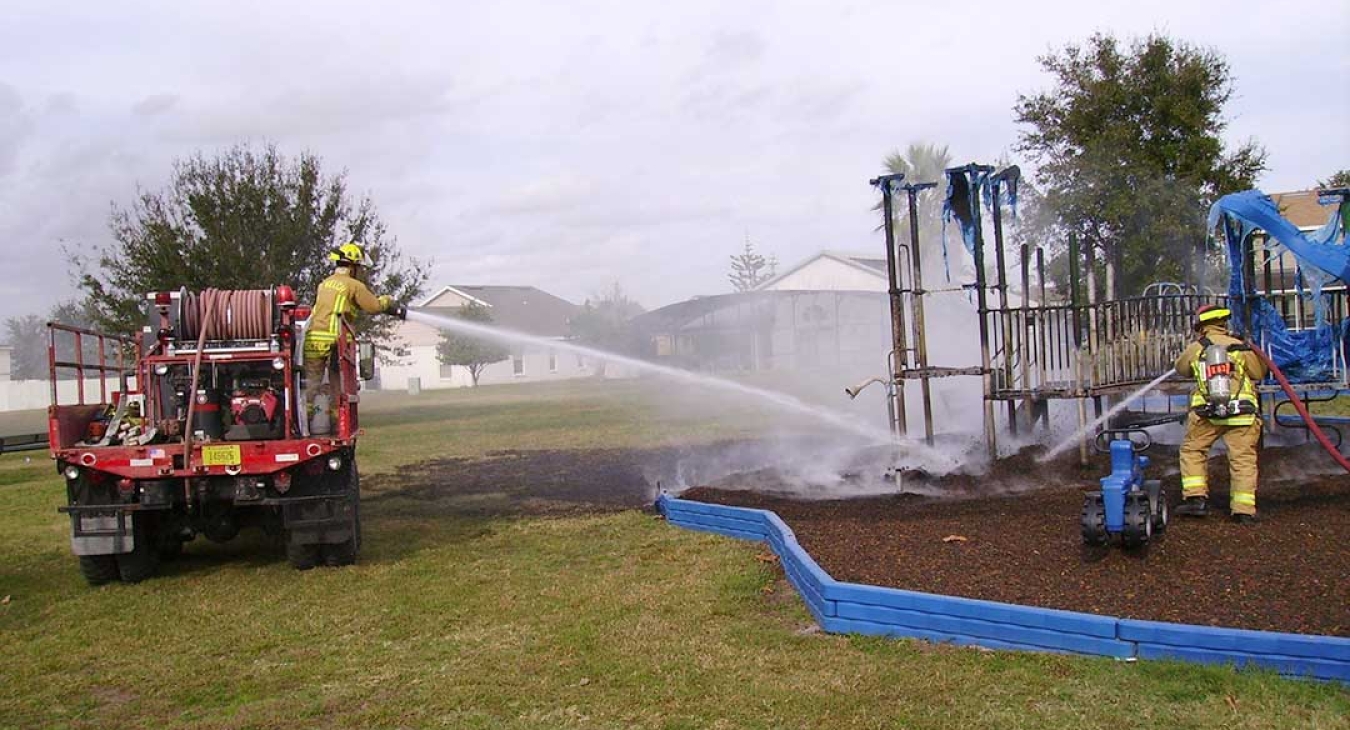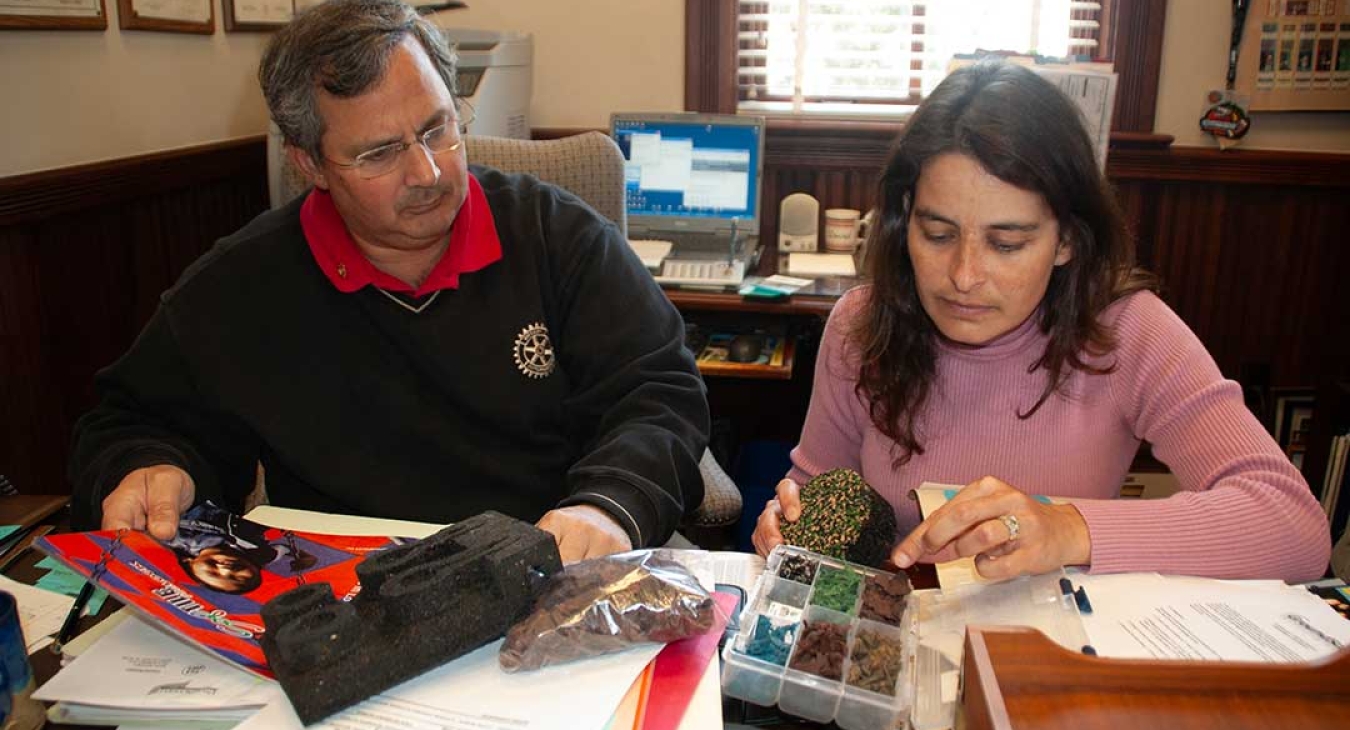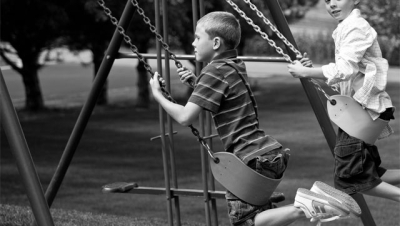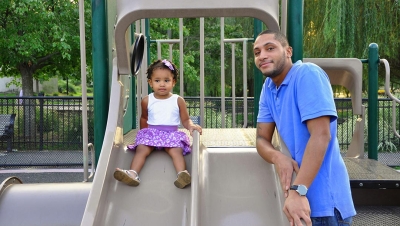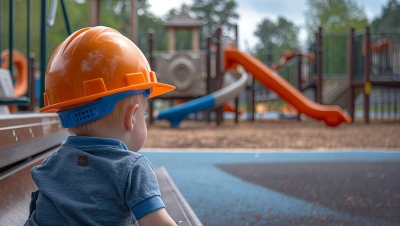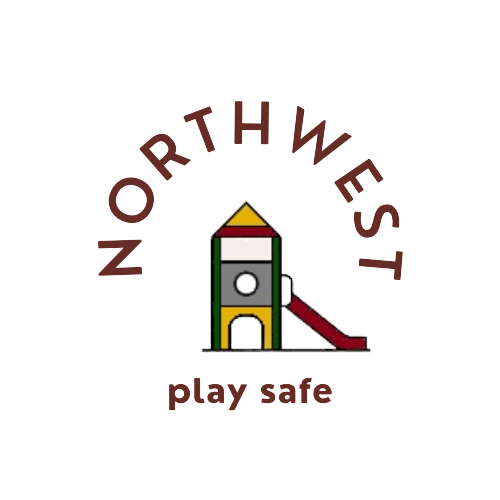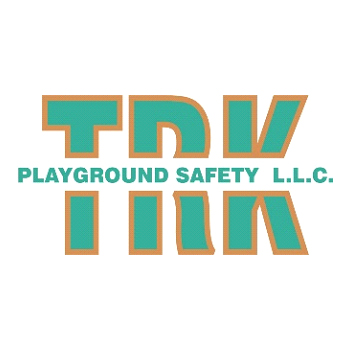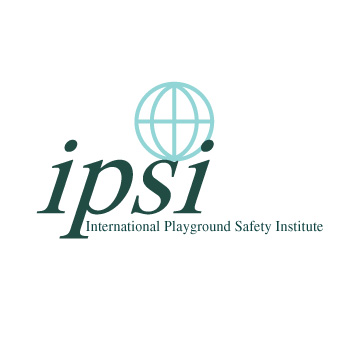Setting Playgrounds Ablaze - It's no laughing matter
Editor's Note: You may find this hard to believe, but there are people out there who actually will set a playground on fire. Whether it is for whatever kind of thrill they seem to derive from this or whatever reason, it doesn't make any sense that it happens... but it does. When this happens, there is much more to consider than just replacing the playground later. In talking with manufacturers, a few things come to light. Of course, we worry that children may be near the structure, so their safety is paramount. But did you also know that when a modern playground is burned, there are extremely hazardous levels of carcinogens left behind? Such a site needs to be treated as a "hazmat" situation.
If not cleaned up properly, the area could be a health risk not only to installers of the next play structure but to playground users of the future.
This article is a report from our field journalists, Dan and Gini Mckain, on what is entailed when a situation such as this arises. Vandals seem to have no idea of the ramifications of their actions in a situation such as this, and at least in Florida, it has been determined that it is worthy of a third-degree felony charge. Does it warrant a steeper penalty? We welcome your comments on this. It should also be noted that the structures and surfacing of these playgrounds were not faulty. The arsonists went to great lengths to start these fires. - S. Amy
At least one and possibly two deliberate acts of vandalism that resulted in the wanton destruction of one or two $50,000 playgrounds is certainly no laughing matter; rather, it is a serious community social dilemma. When the action, including the license number of the vehicle used to transport the subjects in one instance, was caught on video by a bystander, it resulted in the apprehension and arrest of the alleged perpetrators, and their being charged with a third-degree felony. The penalty for an act of that seriousness does potentially include jail time (imprisonment). Such was the case in January of 2006 in Osceola County in Central Florida.
Playground Arson Investigation Transcript
Here is an example of the process that is undertaken to begin the rebuilding of a structure:
According to the official Assistant County Fire Marshal's report, along with a February memorandum from the County's Risk Assessment Management Director David Apfelbaum to the county manager, Mr. Edwin J. Hunzeker:
"Due to the playground fires on December 31, 2005, and January 29, 2006, an investigation was opened concerning the rubber mulch used as fall protection material. The replacement playground at Friendship Park was put on hold until the fall surface material could be evaluated.
"After extensive review, and discussions with product representatives and St. Paul Insurance Loss Control Managers, a meeting was held today to discuss the fall protection material to be utilized in the County playgrounds. Assistant County Managers Tad Stone & Heidi Denis, Public Information Officer Don Madden, Parks and Recreation Director Julia Recker, and Terry Johnson were present. Risk Management staff Holly Wilkinson, Samantha Jenkins, and I also attended the meeting.
The rubber chip mulch is a cost-effective ground fall protection material. Most playground incidents are a result of a fall injury. The fire was a result of vandals setting the rubber mulch on fire, which lit the playground equipment. In its intended use, rubber mulch is a very effective fall protection material. In the event of a fire, there is ample time to escape from the area.
The consensus of those in attendance is to continue the use of rubber mulch as a fall protection material in the County Parks. In addition, it was recommended to the Parks and Recreation staff to place appropriate signage indicating that the playgrounds are only for children under age 12 as well as under adult supervision. We will also be encouraging neighborhood watch groups to help patrol the parks in their neighborhoods.
With your concurrence, we will advise the contractor to begin the installation of the Friendship Park Playground.
Here is the final report with research findings and recommendations from the County for the replacement of the play structures and surfacing:
On December 31, 2005, at approximately 10:30 p.m., the Friendship Park playground was destroyed by fire. While the cause of the fire and participants have not been identified to date it is assumed that the fire was either an accident involving fireworks or set by youth vandals.
On January 29, 2006, vandals destroyed Rainbow Park in the Strafford Subdivision. Two individuals (minors aged 17) were arrested and charged with arson, a third-degree felony. Residents in the neighborhood videotaped the fire and provided copies to the Fire Marshal.
The State Fire Marshal investigated the Strafford fire for accelerants and could not detect any. The suspects indicated that they used a lighter to ignite the mulch, which got out of control and destroyed the playground.
After a review of the fire videotape and to review the story of the suspects, the County Assistant Fire Marshal fire-tested the mulch material.
As a result of the test, the County Assistant Fire Marshal expressed concern for the toxic nature of the material when it burns.
The most common injuries in a playground are as a result of slips and falls. Various types of materials are used for fall protection in a playground. Using the Friendship Par as an example, the following are types of surface protection and the cost for replacement in the facility:
Rubber tile: highest-rated product. Requires cement slab for the base. More expensive than poured-in-place so price is not requested.
Poured-in-place: Very high-grade surface. ADA-compliant. Hard to damage with a knife, could not ignite with lighter held lit until the lighter was too hot to hold. Product will not erode or kick out of place when kids swing or come down the slide. Cost to install in Friendship Park including the 4-inch cement slab, $39,207.50.
Rubber chips/mulch: High-grade material, ADA-compliant. Requires high-pressure water to erode product. Can be kicked out of place and requires regular raking back in place. Will burn if ignited by lighter or match; catches in pockets of the material. Cost to replace damaged mulch. Cost to replace entire surface, $9,000.
St. Paul staff identified our problem as vandalism and not the mulch. They recommended support of full prosecution of those caught at the Strafford fire. Contact should be made to recover the value of the loss.
Encourage neighborhood watch and neighborhood concern for "their" parks.
Appropriate signage to indicate that the playground is intended for children up to age 12 with their parent's supervision.
Vandalism of the equipment is and well should be considered a third-degree felony.
Consider installing surveillance equipment in the parks.
Conclusion
These are now under consideration, but in the meantime, a new playground has been installed after removing about 6 inches of rubber mulch or whatever material was destroyed by the fire.
Dave Antonacci, the president of Rainbow Turf Products of St. Cloud, Florida, the manufacturer, supplier, and installer of the very effective ground fall protection material applied to the playground under discussion, met with Today's Playground field reporters for an in-person interview.
He commented favorably on the progress so far in the investigation and its preliminary findings. Antonacci also stressed that this is more than a matter of simple vandalism; it is a serious social problem. He also questioned the wisdom of legally selling the butane "torches" used to light cigarettes to children too young to actually buy cigarettes themselves.



